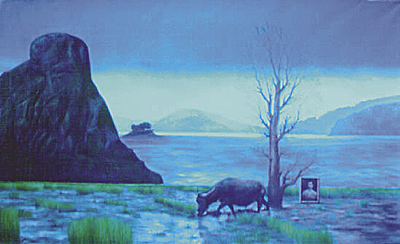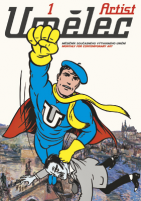| Revista Umělec 1997/1 >> People´s Choice | Lista de todas las ediciones | ||||||||||||
|
|||||||||||||
People´s ChoiceRevista Umělec 1997/101.01.1997 Tomáš Lahoda | project | en cs |
|||||||||||||
|
"In the 1950´s, the US car maker Ford decided to take a step which was generally considered a brilliant idea: Ford´s new model was supposed to be constructed with the assistance of the car´s users themselves. Everybody expected that the project was bound to succeed. The company conducted opinion poll research in which members of the public were asked to express their opinion, wishes and requirements for the new vehicle. The result, however, did not correspond with Ford´s high expectations. The new car called Edsel was a gigantic failure.
In their international project entitled People´s Choice, Vitaly Komar and Alexander Melamid also ask the public for their opinion and democratically respect this opinion. Inspired by the long and abundant tradition of public poll research in the American market, the two artists decided to create a series of paintings which would reflect contemporary public taste in different countries of the world. It is ironic – although in a poetic way – that the first poll of American art taste, followed by polls in other countries, was ordered by two Russian immigrants who were, since 1978, living in New York. In the project, the two hired opinion poll research companies to construct “a scientific sample” of adults participating in such research. Based on the results and the statistical profile, they created a series of paintings which objectively reflect the public´s taste in art. Simultaneously they realised the socialist dream of a people´s art by using the means of corporate capitalism. The work of Komar and Malemid combines the bombastic language of modernist dogma, Soviet ideology and American advertising. They do not consider themselves political artists; they prefer irony as the strategy of their art work and they leave space for themselves to stand against or destroy any position they assume. (pages 8 and 9) "
01.01.1997
Artículos recomendados
|
|||||||||||||












Comentarios
Actualmente no hay comentariosAgregar nuevo comentario